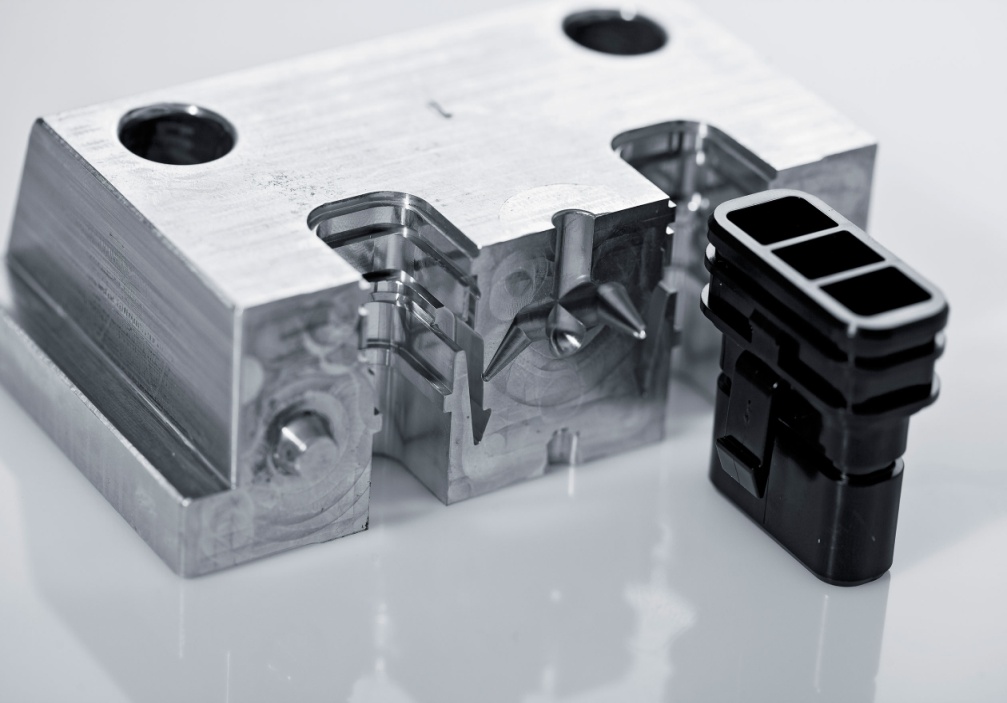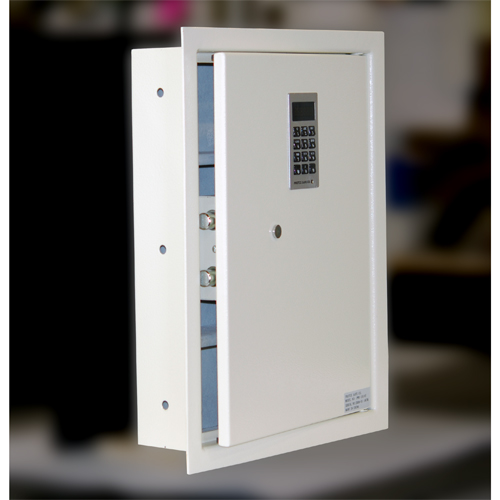Fast innovation prototyping, then again alluded to as quick prototyping RP, is presently the most developed strategy for rapidly making a model. This innovation is practiced by utilizing a quick prototyping machine. Quick model machines can create models in only hours. Contingent upon the multifaceted nature of the model, it might take anyplace from only a couple of hours to a couple of days for its fruition. Fast innovation prototyping is likewise regularly called strong freestyle creation, layered assembling, or PC robotized producing. Any object of any intricacy can be shaped reasonably effectively and rapidly without the requirement for machine arrangement or gathering. Items are produced using numerous materials or as composites. Since normally just a solitary unit is created, the expenses can be held down to an absolute minimum.

Fundamentally, quick innovation prototyping takes customary 2 dimensional printing and adds a third measurement to it. Hence, fast prototyping machines are affectionately called 3 dimensional printers. Quick innovation prototyping takes a Computer-Aided Design CAD model and utilizing a laser, makes a physical model out of an assortment of media. The media types incorporate paper, earthenware material, wax, or even plastic. Interestingly with most machining measures, quick innovation prototyping is an added substance strategy. This implies layers of media regardless of whether paper, artistic, wax or plastic are joined to make a 3-D strong item. Most machining measures, for example, boring and crushing, are subtractive strategies, where material is taken out from a strong square. To begin with, you need a CAD model of your creation.
Next, the CAD model must be changed over to STL stereolithography design. This document speaks to your creation as a progression of triangles like that of a cut jewel. STL does not speak to bended surfaces, just cut surfaces. In any case, you can make what have all the earmarks of being bended surfaces by expanding the quantity of triangles and look for rapid tooling solutions. The STL document should be cut into layers from 0.01 mm to 0.07 mm thick, contingent upon the manufacture procedure you pick. Development of the item happens layer by layer. The quick innovation prototyping machine fabricates the layers from the chose media. The last advance is to clean and finish the model. In numerous cases, it will be sanded, cleaned or painted. Quick innovation prototyping is generally utilized by designers to help impart their creation to a patent lawyer or an exchange delegate. It might likewise be utilized for picking up assembling cites, attempting to influence speculators and in promoting center gatherings. As you can envision, it is a lot simpler to convey an innovation utilizing a 3-D model than with a 2-D drawing or diagram.

